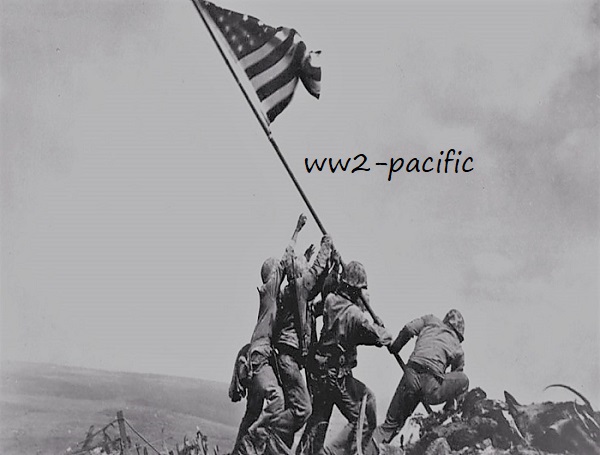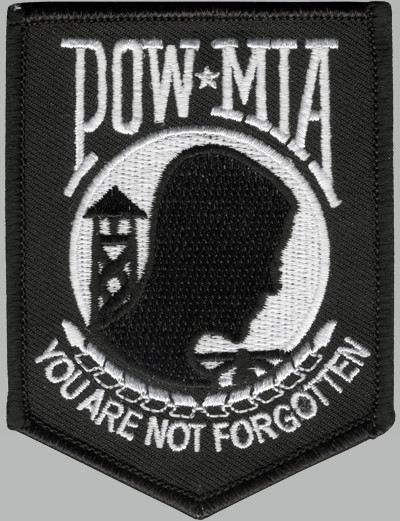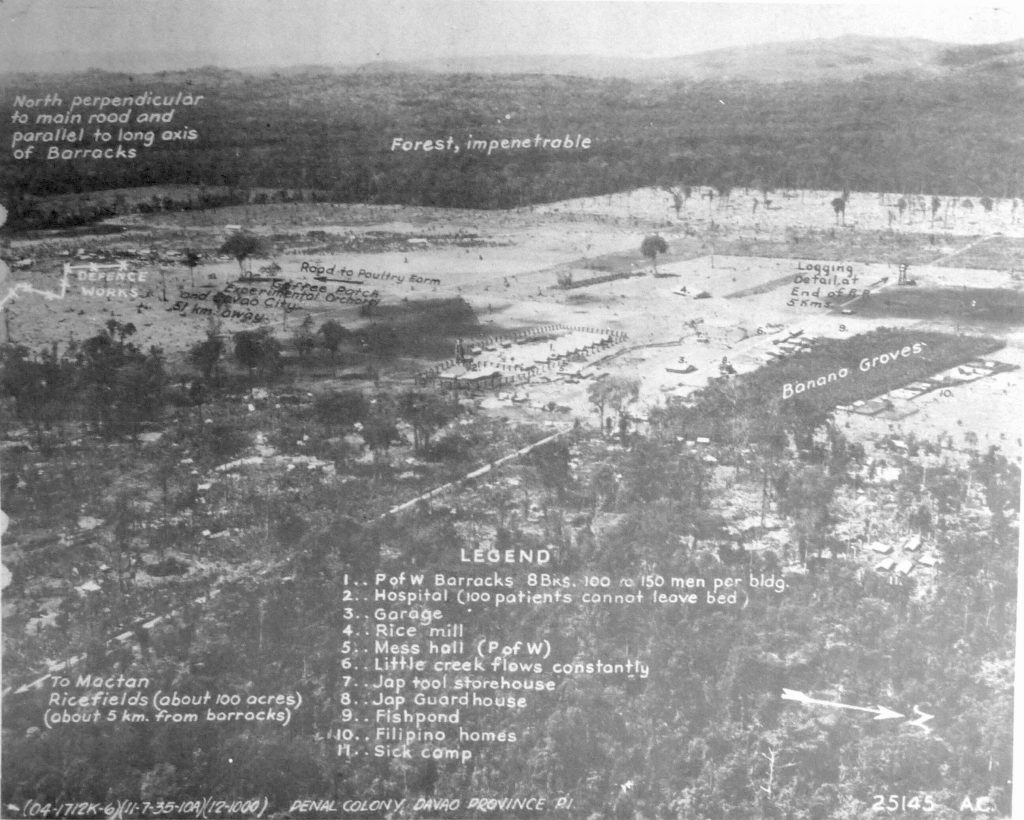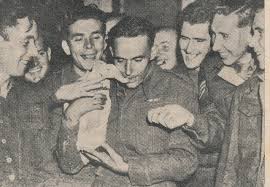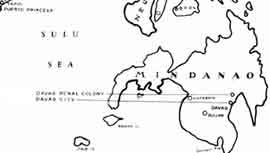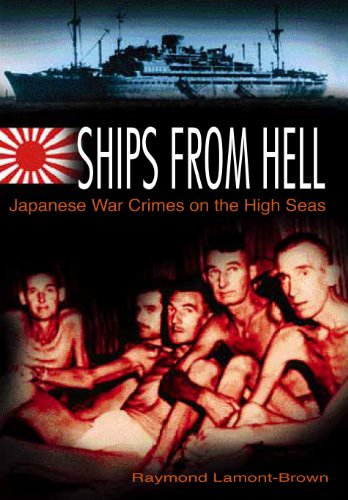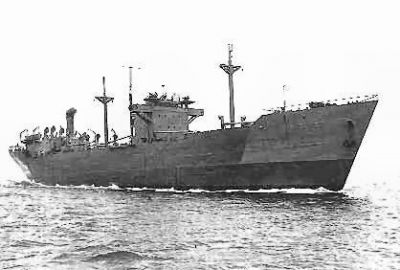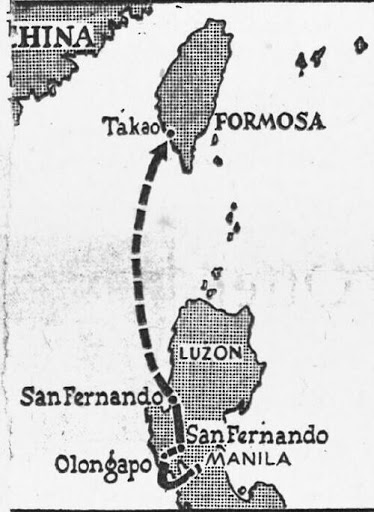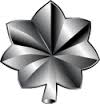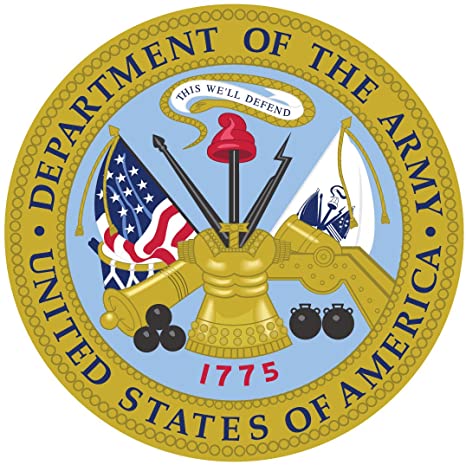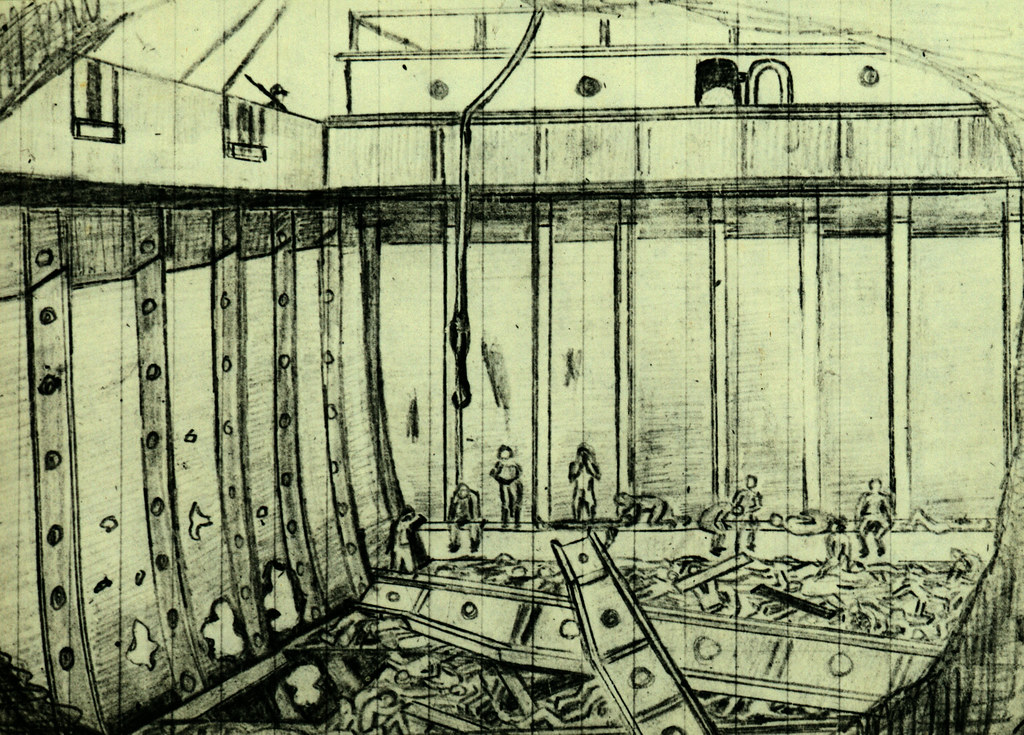Rank and Name, Lieutenant Colonel Alvin Turner Wilson.
Unit/Placed in, 102nd Infantry Regiment, 101st Philippine Division.
Camp Davao
Davao – Small port city on southeast coast of Mindanao. The POW camp was located some ten miles northwest of the port. Camp was closed in 1944 and the POWS were sent first to Cebu on the Yashu Maru. In Cebu, they were transferred to the Singoto Maru and moved to Manila and into Bilibid.
Enoura Maru
The Eunoura Maru was a Hell Ship for POW Transport.
After the “Hellship Oryoku Maru” was bombed at Fernando, Philippines (15 dec. 1944) The POWs were embarked to the “Hellships Enoura and Brazil Maru.
The “Hellship Enoura Maru arrived at Takao Harbor at 31 Dec. 1944 and was
Attacked on 9 Jan. 1945 by Fighters from the USS Hornet (CV12), the one Bomb killed about 330 POW’s, (about 900 survived it), the ship was severe damaged but not sunk.
Alvin is born approx. on 11 Feb. 1900 in Northampton, Pennsylvania.
Father, Winter Lincoln Wilson.
Mother, Mary M. (Turner) Wilson.
Brother(s), Maris Wright Wilson.
Spouse, Jane (Hatton) Wilson.
Daughter, Betty Jane Wilson.
Alvin enlisted the service in Pennsylvania with service number # 0-149499.
Alvin died when the “Hellship” Enoura Was Bombed by Fighters from the USS Hornet on 9 Jan. 1945, he is honored with an Bronze Star Medal, Purple Heart, Combat Action Ribbon, Good Conduct Medal, Expeditionary Medal, American Campaign Medal, Navy & Marine Presidential Unit Citation, Asiatic-Pacific Campaign Medal, WW II Victory Medal.
Alvin is buried/mentioned at Manila American Cemetery and Memorial Manila, Metro Manila, National Capital Region, Philippines.
Walls of the missing.
Alvin also has a Memorial Grave at Fort Benning Post Cemetery
Fort Benning, Muscogee County, Georgia, USA.
Thanks to, https://www.familysearch.org
Jean Louis Vijgen, ww2-Pacific.com
Air Force Info, Rolland Swank.
ABMC Website, https://abmc.gov
Marines Info, https://missingmarines.com/ Geoffrey Roecker
Seabees History Bob Smith https://seabeehf.org/
Navy Info, http://navylog.navymemorial.org
POW Info, http://www.mansell.com Dwight Rider and Wes injerd.
Philippine Info, http://www.philippine-scouts.org/ Robert Capistrano
National Historian
Navy Seal Memorial, http://www.navysealmemorials.com
Family Info, https://www.familysearch.org
Info, https://www.pacificwrecks.com/
Medals Info, https://www.honorstates.org
Find a Grave, https://www.findagrave.com
Tank Destroyers, http://www.bensavelkoul.nl/
On December 13, 1944, Japanese forces in the Philippines began the transfer of 1,621 Allied prisoners of war (POWs) to Japan. The POWs were to make the journey aboard transport ships whose harsh conditions and extreme overcrowding led survivors to refer to them as “Hell Ships.” The ships also lacked markings that would distinguish them from any other military target, causing some of them to be attacked by Allied forces who could not identify them as POW transports. On December 14, 1944, Allied aircraft attacked the first ship, the Oryoku Maru, in Subic Bay in the Philippines, killing many Allied POWs who became lost in the water, sank with the ship, or were washed ashore. Survivors of the bombing were put aboard two other ships, the Enoura Maru and the Brazil Maru, to continue on to Japan. During the journey, while anchored in Takao Harbor, Formosa (present-day Taiwan), the Enoura Maru was attacked by Allied aircraft from the USS Hornet (CV-8), killing Allied POWs who were lost in the water, on board the ship, or on the nearby shore. Survivors of the Enoura Maru bombing were loaded onto the Brazil Maru, and reached Japan on January 30, 1945. As a result of these incidents, Allied POWs were lost in the Philippines, at sea between the Philippines and Taiwan, while anchored in Taiwan, at sea between Taiwan and Japan, and in Japan. The attacks on these POW transports ultimately resulted in a series of death notifications from the Japanese government through the International Red Cross (IRC), and some casualties were given up to five different dates of death at various locations during the transfer. Witness accounts from surviving POWs offer detailed information for a handful of casualties, but the specific dates of loss and/or last-known locations for many of these POWs are based on the most recent reported date of death.
Lieutenant Colonel Alvin T. Wilson joined the U.S. Army from Pennsylvania and was serving with the 102nd Infantry Regiment, 101st Infantry Division (Philippine Scouts), in the Philippine Islands during World War II. He was taken as a POW following the Japanese invasion and was interned in the islands until December 1944, when he was put aboard the Oryoku Maru for transport to Japan. Records indicate LTC Wilson was killed several weeks later in the attack on the Enoura Maru; however, these reports often involve information solely furnished by enemy governments, with some casualties given multiple dates of death. Future research may determine that these reports were inaccurate. Lieutenant Colonel Wilson’s remains were not recovered or identified following the war. Today, Lieutenant Colonel Wilson is memorialized on the Walls of the Missing at the Manila American Cemetery in the Philippines.
